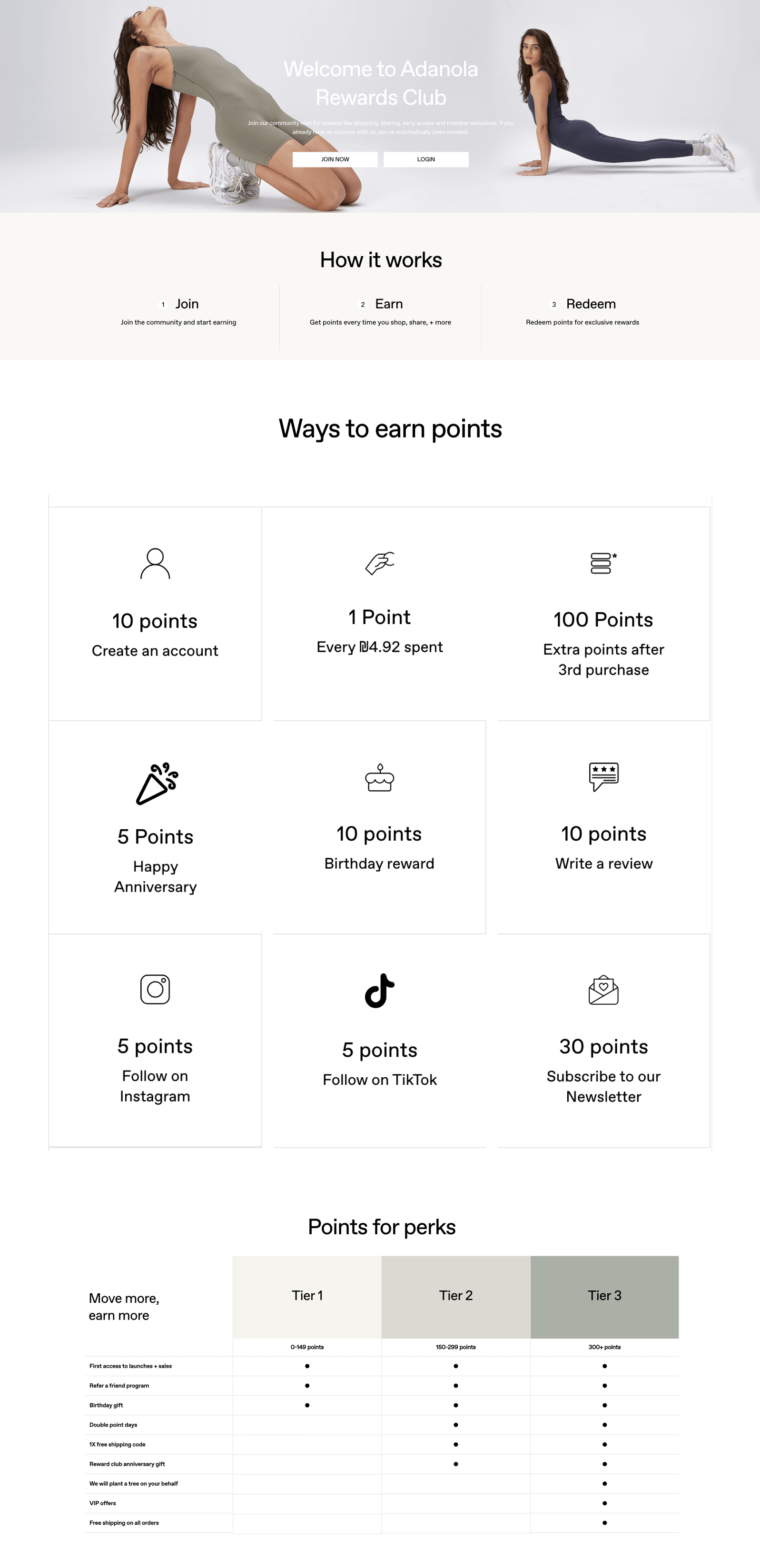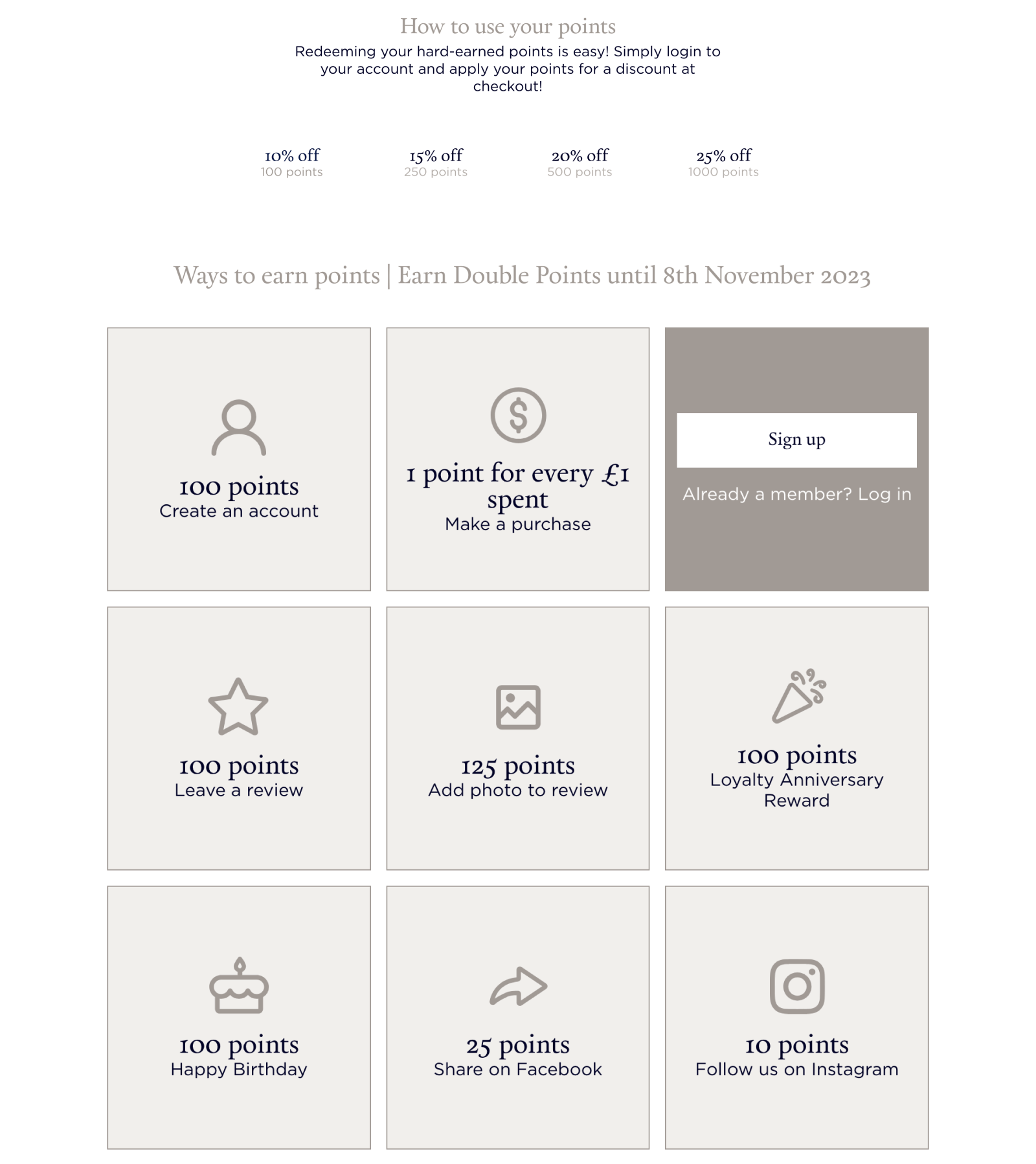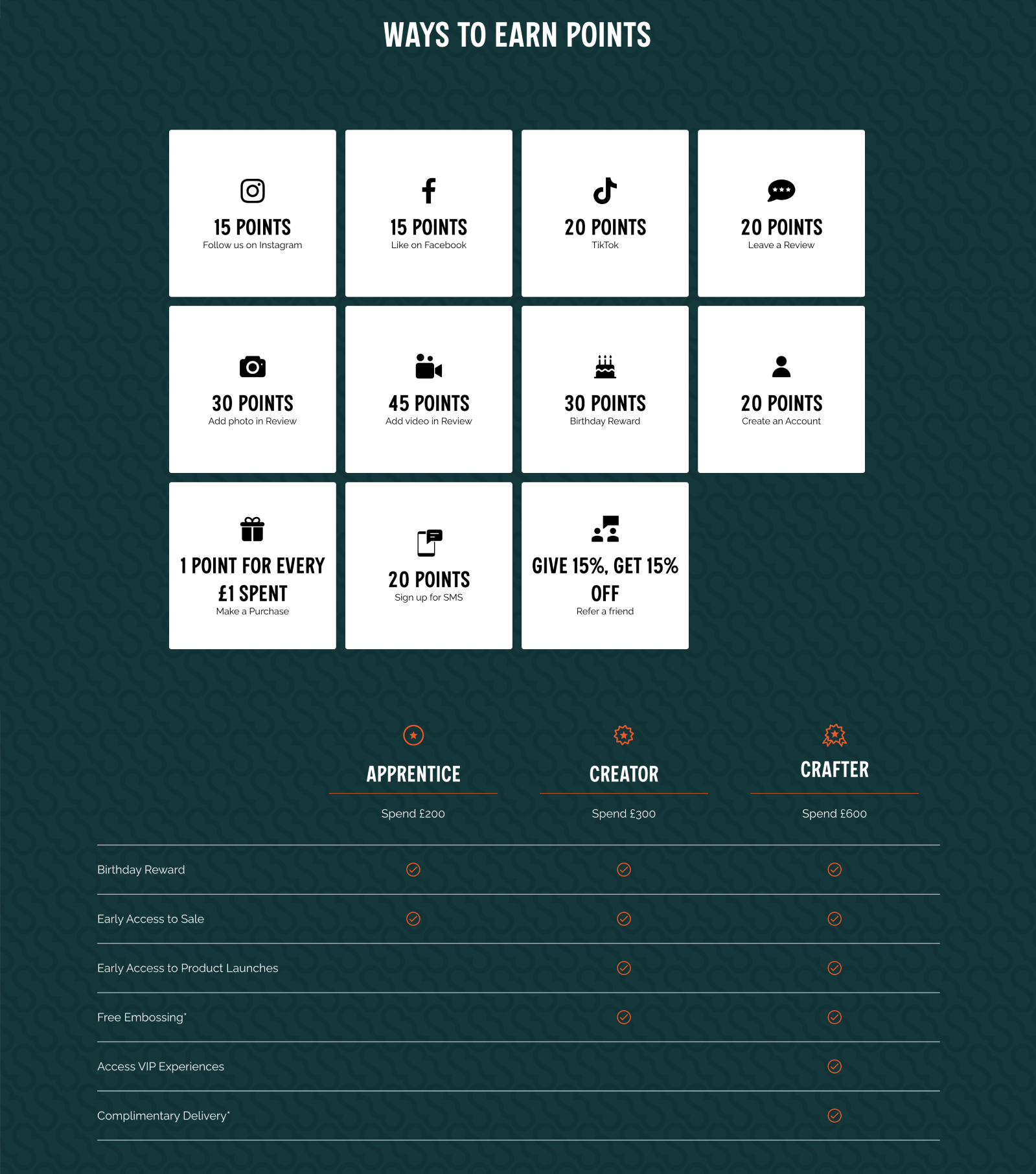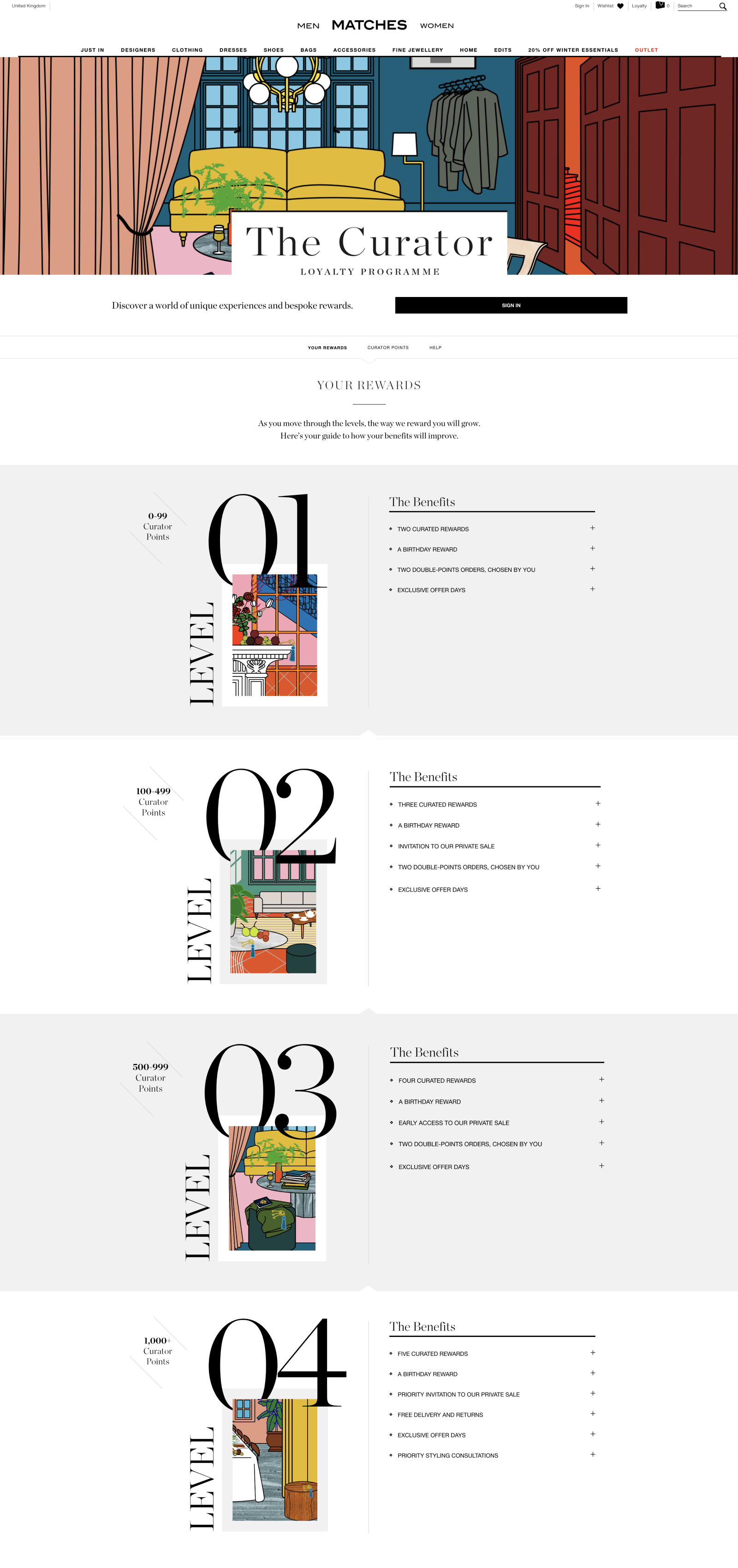In a hypercompetitive market, shoppers need sticky solutions to keep them coming back. The best brands understand that building long-term loyalty is about creating a fully integrated experience, not just a points-for-purchase program.
Why customer loyalty matters so much for fashion brands
Fashion is an industry characterized by ever-changing trends, but customer loyalty never goes out of style. The latest loyalty program benchmarks show that, on average, apparel & accessories brands see a 50.2% increase in revenue among customers who make a return purchase within three months.
With constantly increasing customer acquisition costs, investing in retention pays off for any business. However, clothing brands face an industry-wide challenge when it comes to the consumer lifecycle: People tend to purchase clothes seasonally, with the average time between purchases averaging three months.
This means eCommerce brands need to develop smart strategies to keep consumers engaged outside of those typical purchase windows. Building a strong customer loyalty program leads to sustained relevance and success throughout the seasons.
What builds true customer loyalty?
Customer loyalty is about more than incentivizing repeat purchases. It’s about encouraging emotional attachment and building community among your biggest fans.
Loyal customers are your best brand ambassadors, but only if you empower them to do so. Build an integrated loyalty program that encourages customers to not just buy again, but to write reviews, share photos, interact on social, and connect with your brand outside of purchases.
Here are 5 UK-based fashion brands that are doing customer loyalty right, and what you can learn from their programs.
Adanola
More than an activewear brand, Adanola is about a lifestyle and being part of a broader community. Therefore it’s fitting that anyone with an Adanola account automatically becomes a member of the Adanola Rewards club – no opt-in required.
Shoppers earn points for every purchase, as well as for writing reviews, subscribing to their newsletter, referring friends, and more. Their VIP tier system also enables them to show their most loyal customers some extra love, with exclusive offers, free shipping, and more.
“This is a way to reward our most loyal customers without relying on discounts or promotional activities. As a brand, our values and legacy stem from our full price premium offering, and loyalty aligns perfectly with that,” Lily Thistlewood, Adanola’s Head of Performance Marketing, says.
Sustainability is important to Adanola – they have small production lines to reduce waste, and their packaging is fully recyclable. Their loyalty program also represents their core brand values. Adanola rewards customers who reach tier 3 status with a tree planted in their honor. Small details like this have an outsized impact on building a loyalty program that truly resonates with your core community.

Paul James Knitwear
On the surface, luxury knitwear brand Paul James Knitwear’s loyalty program seems straightforward. Shoppers earn points for purchases or by taking other actions to connect with the brand. The more points they acquire, the larger the discount they earn (for example, 100 points = 10% off and 250 points = 15% off). They also use their loyalty program to run seasonal campaigns without the hassle of managing discount codes.
However, their superpower is how they use loyalty, SMS, and reviews together to supercharge their results. They offer customers 100+ points for writing reviews, adding photos to reviews, and signing up to receive text messages. They look at every communication touchpoint as an opportunity to build customer loyalty.
“We wanted to give back to our community of customers while also creating more SMS and email touchpoints to bring them back to our website,” Bhavik Master, Director at Paul James Knitwear, says. “It’s a bonus that we now have more opportunities to grow our opt-in databases and easily run new campaigns, such as offering double points, without the hassle of managing discount codes.”
The results speak for themselves: “Uptake of our loyalty program has been very positive. We’re seeing repeat purchases increase by 30% year on year.”
 Monica Vinader
Monica Vinader
As a luxury jewelry brand, Monica Vinader knows that its customers are unlikely to make purchases on a weekly or monthly basis. Instead, they use their loyalty program to stay top of mind and build their brand awareness.
They do this by rewarding customers for engaging with their social channels, for example, subscribing to their YouTube channel, or sharing posts about the brand on Instagram. As members gain points, they can move up through four different loyalty level tiers: Moonstone, Opal, Aquamarine, and Pearl. The names of each tier level tie back into their brand story. As customers move up, they gain the opportunity to unlock freebies and rewards like special gifts and vouchers.
By incentivizing their customers to stay engaged with the brand, they build continued relevance, even when a shopper isn’t actively looking for a new piece of jewelry.
 The Cambridge Satchel Company
The Cambridge Satchel Company
The cutting edge of British tradition, the Cambridge Satchel Company is a great example of how loyalty programs can be used to communicate your brand identity and help your customers to feel a connection to your story.
With names like Apprentice, Creator, and Crafter, their loyalty program tiers reflect the brand and their investment in craftsmanship and quality. They take this one step further by offering free embossing for members in their top two tier levels, a perk that’s uniquely valuable to their customers and shows just how well they know their shoppers.
Like Paul James Knitwear, they also offer points for leaving reviews and use loyalty as a way to grow their SMS subscriber list and keep in touch with their customers.
“We had been acquiring lots of new customers, but with the cost of acquisition continuing to increase, we started looking for ways to balance this out. We saw having a loyalty program as a great way to do this – turning our customers into brand advocates” says Sarah Shakery, Head of International eCommerce.
Their loyalty program has been a hit amongst their customers. “Over the past year, the average revenue per loyalty member has been over double that of customers not part of the program. The repeat purchase rate is also 54% higher for loyalty program members.”

Matches
Matches is a London-based retailer that sells luxury brands such as Burberry, Prada, and Saint Laurent. Their loyalty program awards points for purchases, allowing shoppers to progress through membership tiers as they shop.
One of the reasons this loyalty program shines is through its point incentives. Their four-level tier system features experiential rewards, such as early access to private sales, free shipping, and styling consultations. They also offer birthday rewards and personalized edits to make their luxury customers feel like VIPs. This is a great example of knowing what your shoppers want and creating a loyalty program with that at its core.

Top takeaways
Loyalty isn’t merely a transactional relationship — it’s a testament to a brand’s ability to resonate with its audience on an emotional level. Fashion brands that prioritize customer loyalty understand that it’s about more than just selling products — it’s about crafting a lasting bond with their customers built on trust, quality, and a shared sense of identity.
Learn from these brands and develop an integrated loyalty program that goes beyond points-for-purchase and incentivizes customers to interact with your brand at key moments in the loyalty lifecycle.
Ready to get started with your own loyalty program? Let’s talk.














 Join a free demo, personalized to fit your needs
Join a free demo, personalized to fit your needs